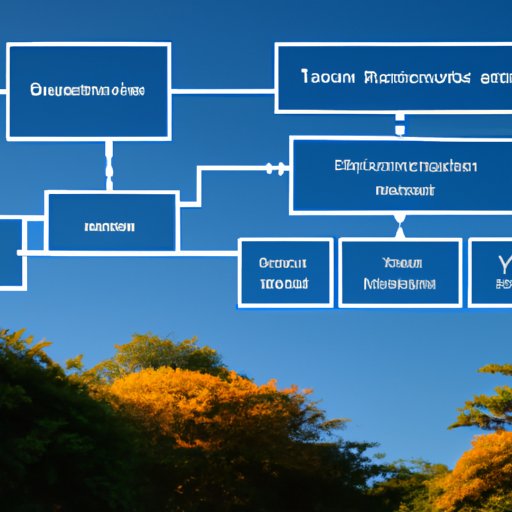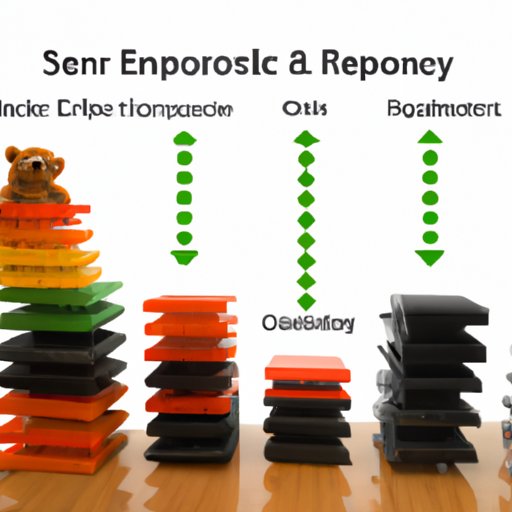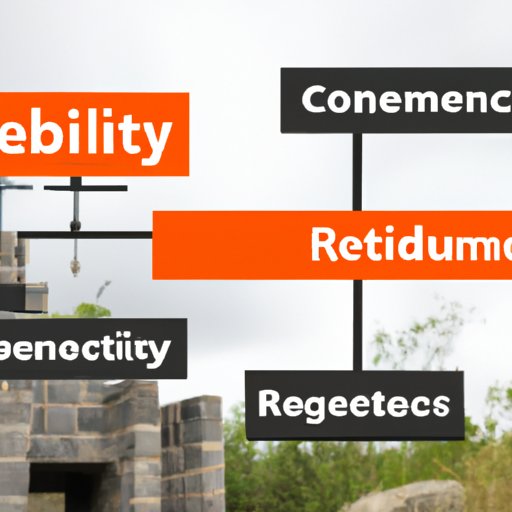Introduction
Site Reliability Engineering (SRE) is a discipline within software engineering that focuses on the design, deployment, and operation of IT systems. SRE is a relatively new field, but it has quickly become popular among organizations looking for ways to improve the reliability of their IT systems. The goal of SRE is to ensure that IT systems are available, reliable, and performing optimally.
Exploring the Basics of Site Reliability Engineering (SRE) in Technology
The role of SRE in technology is to automate IT infrastructure and operations. This involves automating tasks such as monitoring, deployment, and fault detection and resolution. Automation reduces the amount of manual effort required to maintain IT systems, which improves system availability and performance. Automation also frees up resources to focus on more complex tasks, such as developing new features or improving existing ones.
Understanding the Benefits of SRE for Organizations
Organizations that implement SRE can benefit from improved system availability, increased system performance, and reduced operational costs. Improved system availability means that IT systems will be up and running more often, resulting in fewer outages and less downtime. Increased system performance means that IT systems will be able to process more requests and respond faster to user requests. Finally, SRE can help reduce operational costs by eliminating manual processes and reducing the need for additional personnel.

Examining the Role of SRE in Automating IT Infrastructure
Automation is at the heart of SRE. SRE makes use of automated monitoring, automated deployment, and automated fault detection and resolution. Automated monitoring allows IT systems to detect potential problems before they occur, allowing organizations to take corrective action before outages occur. Automated deployment simplifies the process of deploying applications and services, reducing the time and effort required to do so. Finally, automated fault detection and resolution can quickly identify and fix problems before they cause major outages.

How SRE Improves Resiliency and Efficiency of IT Systems
SRE helps improve the resiliency and efficiency of IT systems by improving scalability, fault-tolerance, and response time. Improved scalability allows IT systems to handle larger workloads without experiencing slowdowns or outages. Improved fault-tolerance ensures that IT systems remain functional even when parts of the system fail. Finally, improved response time ensures that users receive the information they need quickly and efficiently.

Exploring the Challenges of Implementing SRE in Technology
Although SRE offers many benefits to organizations, there are some challenges associated with implementing SRE in technology. One challenge is the lack of skilled professionals who understand SRE principles and techniques. Another challenge is the cost of implementation, as SRE requires specialized equipment and software. Finally, SRE implementation can take some time, as organizations must first assess their current IT infrastructure and then develop and deploy the necessary automation.
Conclusion
Site Reliability Engineering (SRE) is a discipline within software engineering that focuses on the design, deployment, and operation of IT systems. SRE helps organizations improve the reliability of their IT systems by automating tasks such as monitoring, deployment, and fault detection and resolution. SRE also helps improve system availability, performance, scalability, fault-tolerance, and response time. Although SRE offers many benefits to organizations, there are some challenges associated with implementing SRE in technology, such as the lack of skilled professionals, the cost of implementation, and the time required for implementation.
(Note: Is this article not meeting your expectations? Do you have knowledge or insights to share? Unlock new opportunities and expand your reach by joining our authors team. Click Registration to join us and share your expertise with our readers.)
